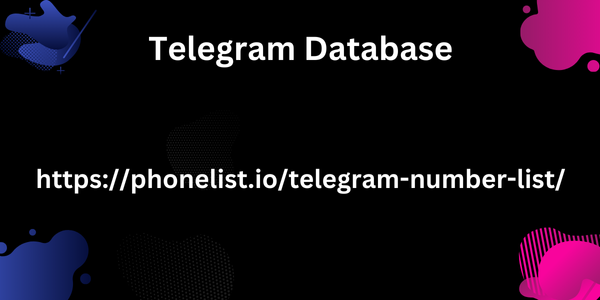Incorporate built-in accessibility features into phone-based educational resources. These features can include:
Text-to-Speech: Convert
text content into spoken language for learners with visual impairments or reading difficulties.
Closed Captioning: Provide
subtitles for audio content to benefit learners who are deaf or hard of hearing.
Adjustable Text Size and Contrast: Allow users to customize text size and contrast for improved readability.
Keyboard Navigation: Enable navigation through content using only a keyboard for learners with limited motor skills.
Alternative Input Methods:
Support alternative Telegram Database input methods, such as voice recognition or switch access, for learners with physical disabilities.
3. Content Accessibility Guidelines (WCAG)
Adhere to the Web Content Accessibility Guidelines (WCAG) to ensure that phone-based educational resources meet established accessibility standards. WCAG provides a comprehensive set of guidelines for creating accessible digital content.
4. User Testing and Feedback
Involve learners with disabilities in the development and testing of phone-based Recent Mobile Phone Number leads educational resources. Their feedback is invaluable in identifying and addressing accessibility barriers.

